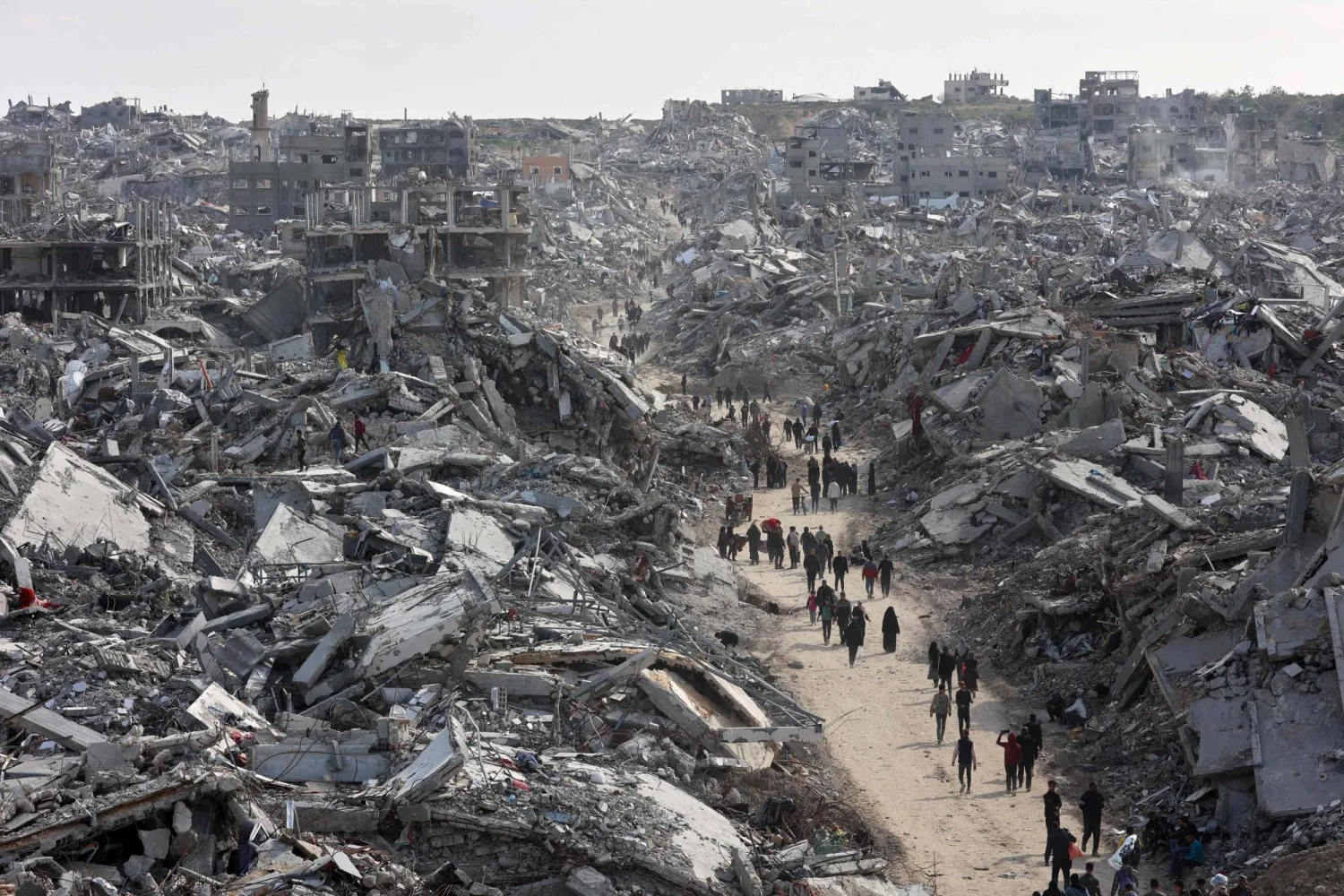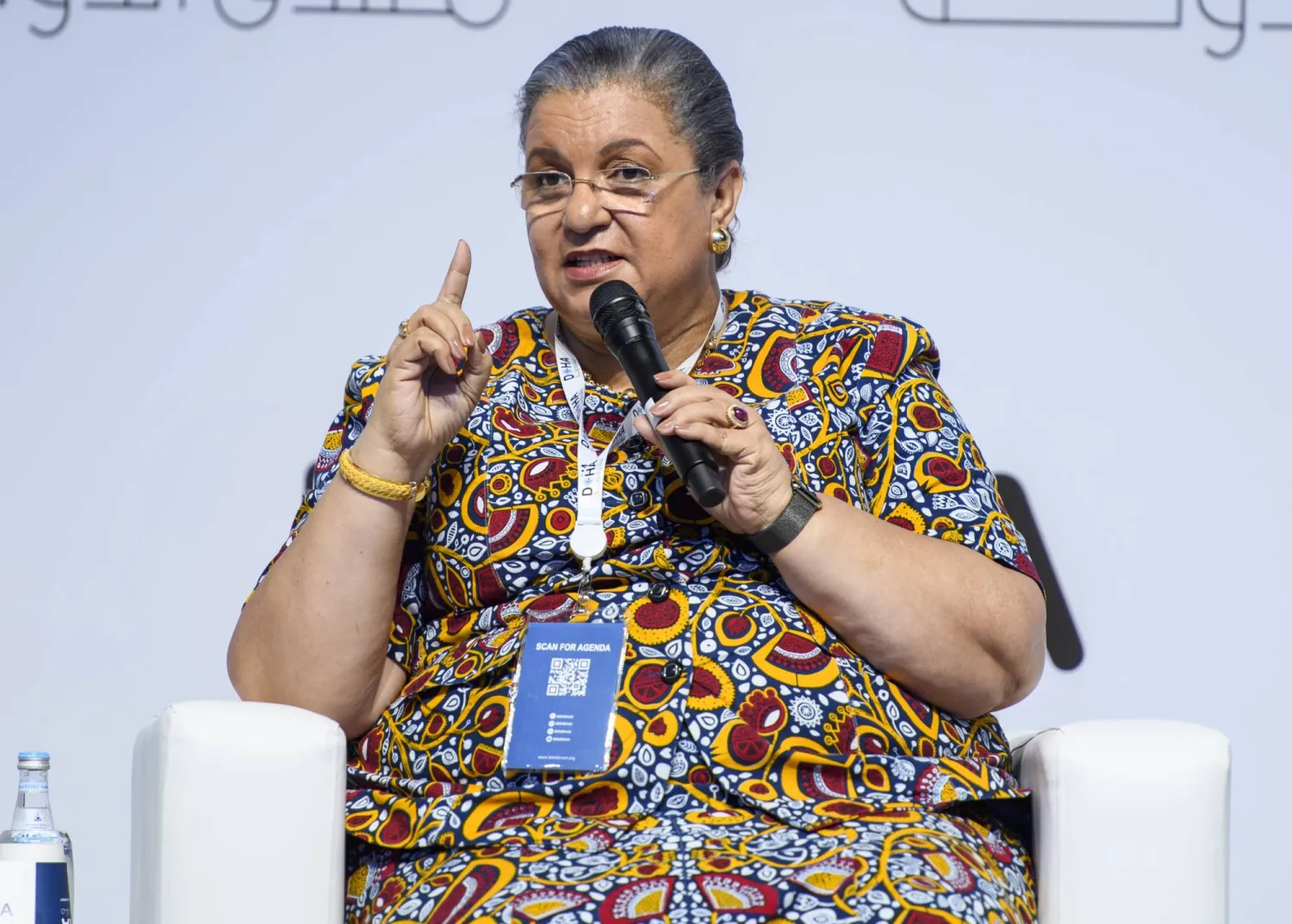Israel has carried out its first airstrikes in Syria in nearly a month, saying it hit weapons belonging to the government in retaliation for the firing of two projectiles towards Israel and holding interim President Ahmed al-Sharaa responsible.
Damascus said Israeli strikes caused "heavy human and material losses", reiterating that Syria does not pose a threat to any regional party and stressing the need to end the presence of armed groups and establish state control in the south.
Israel had not struck Syria since early May - a month marked by US President Donald Trump's meeting with Sharaa, the lifting of US sanctions, and direct Syrian-Israeli contacts to calm tensions, as reported by Reuters last week.
Israel has bombed Syria frequently this year. Israel has also moved troops into areas of the southwest, where it has said it won't allow the new government's security forces to deploy.
The projectiles Israel reported fired from Syria were the first since longtime Syrian ruler Bashar al-Assad was toppled. The Israeli military said the two projectiles fell in open areas.
Israeli Defense Minister Israel Katz said he held the Syrian president "directly responsible for any threat and fire toward the State of Israel".
A Syrian Foreign Ministry statement said the accuracy of the reports of shelling towards Israel had not yet been verified.
"We believe that there are many parties that may seek to destabilize the region to achieve their own interests," the Syrian Foreign Ministry added, as reported by the state news agency.
A Syrian official told Reuters such parties included "remnants of Assad-era militias linked to Iran, which have long been active in the Quneitra area" and have "a vested interest in provoking Israeli retaliation as a means of escalating tensions and undermining current stabilization efforts".
Several Arab and Palestinian media outlets circulated a claim of responsibility from a little-known group named "Martyr Mohammed Deif Brigades," an apparent reference to Hamas' military leader who was killed in an Israeli strike in 2024.
Reuters could not independently verify the statement.
The Syrian state news agency and security sources reported Israeli strikes targeting sites in the Damascus countryside and Quneitra and Daraa provinces.
Local residents contacted by Reuters said Israeli shelling targeted agricultural areas in the Wadi Yarmouk region. They described increased tensions in recent weeks, including reported Israeli incursions into villages, where residents have reportedly been barred from sowing their crops.
An Israeli strike also hit a former Syrian army base near the city of Izraa, a Syrian source said.
Israel has said its goals in Syria include protecting the Druze, a religious minority with followers in both countries.
Israel, which has occupied the Syrian Golan Heights since the 1967 Middle East war, bombed Syria frequently during the last decade of Assad's rule, targeting the sway of his Iranian allies.
The newly-appointed US envoy to Syria said last week he believed peace between Syria and Israel was achievable.
Around the same time that Israel reported the projectiles from Syria, the Israeli military said it intercepted a missile from Yemen.
Yemen's Iran-aligned Houthis said they targeted Israel's Jaffa with a ballistic missile. The group says it has been launching attacks against Israel in support of Palestinians during the Israeli war in Gaza.









